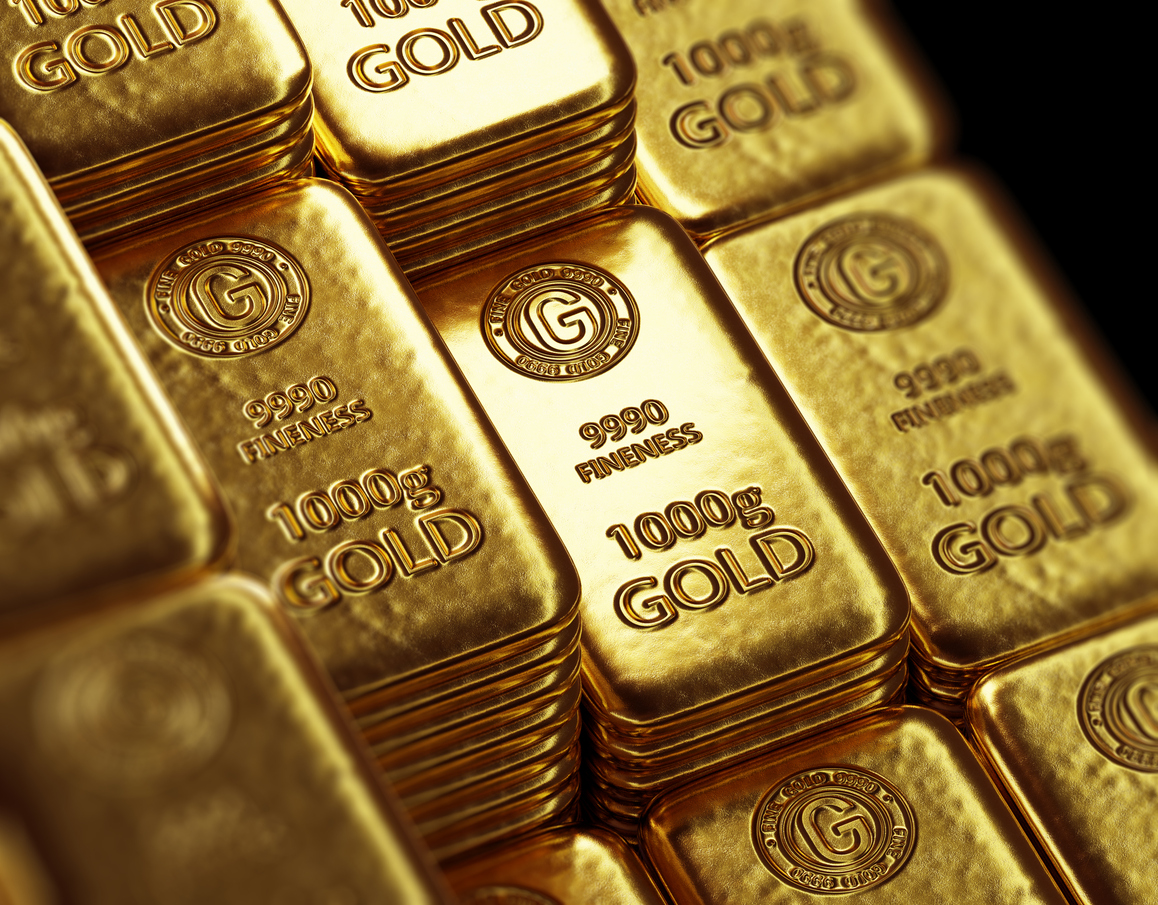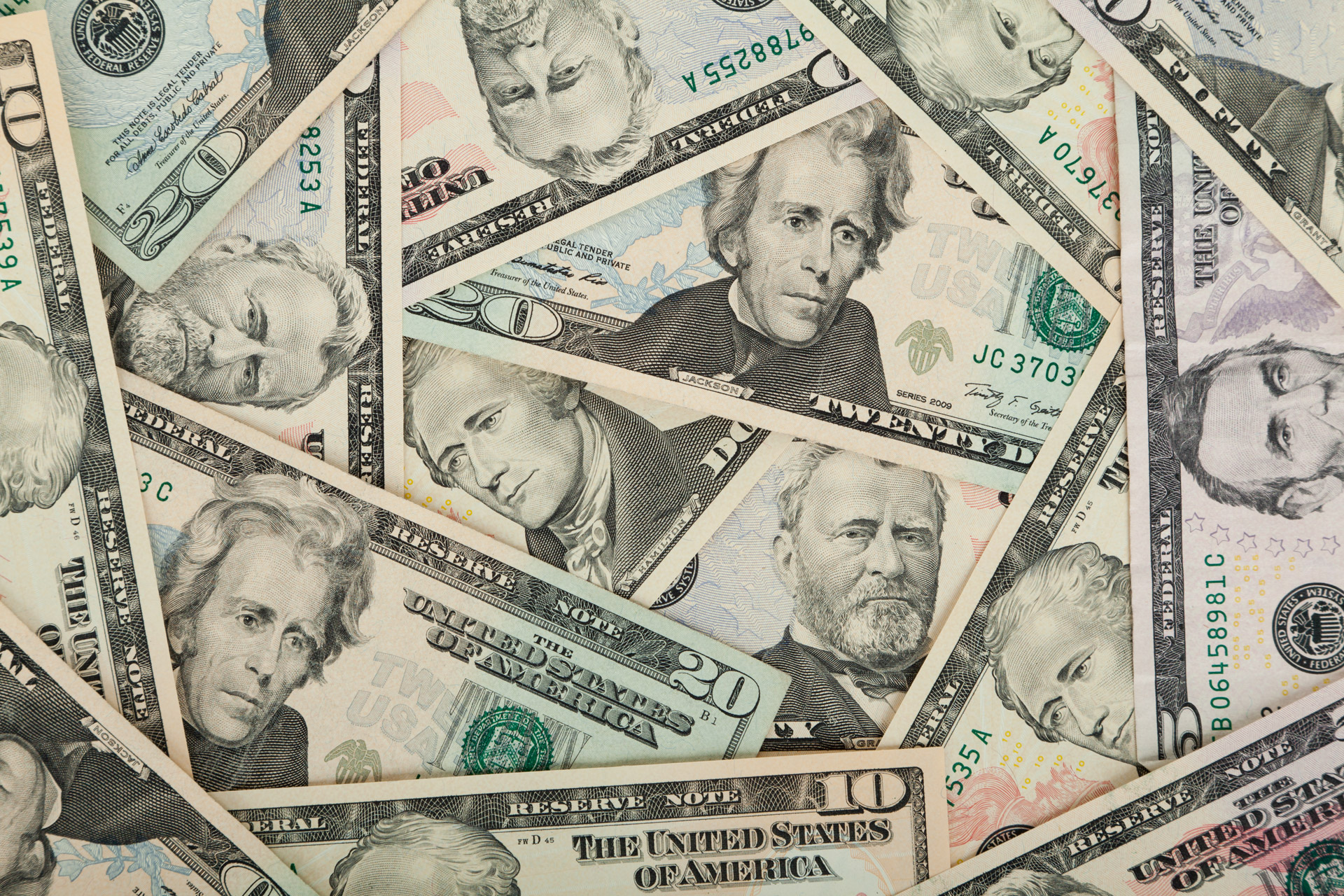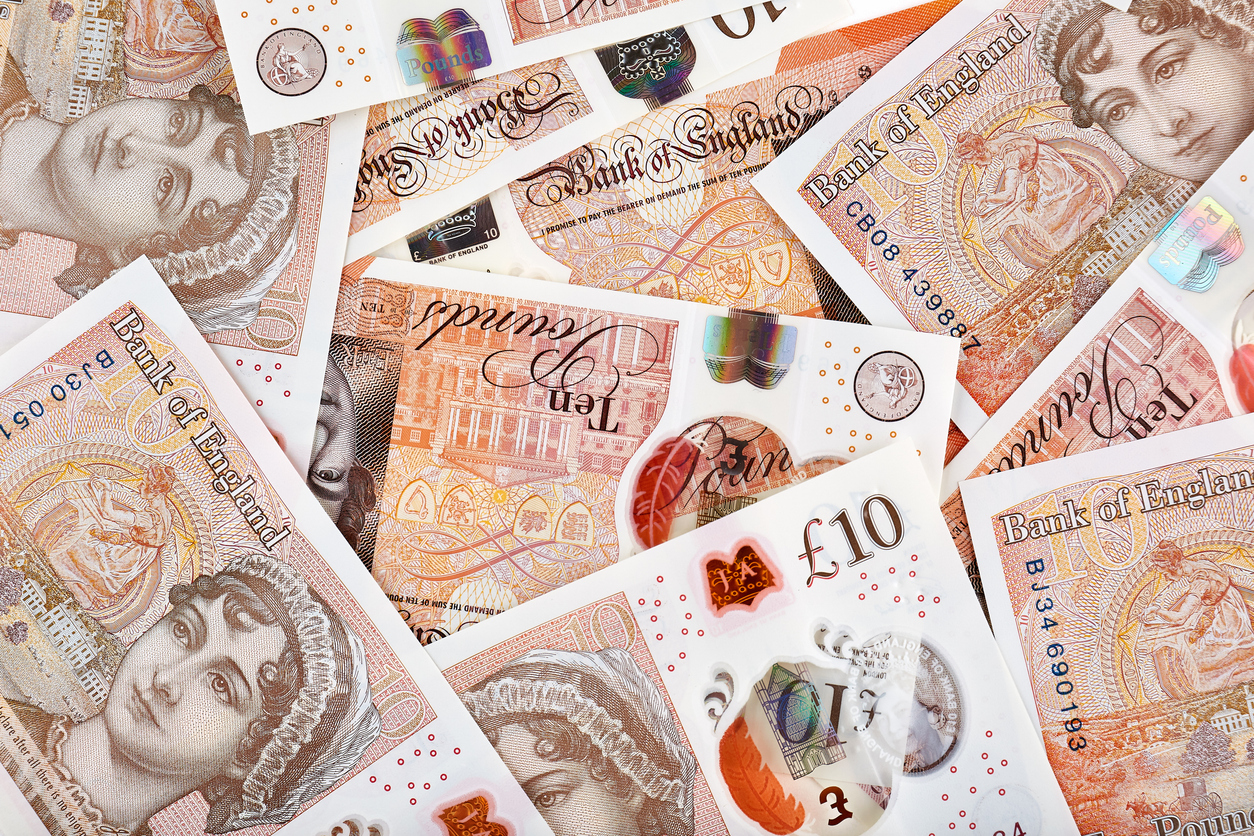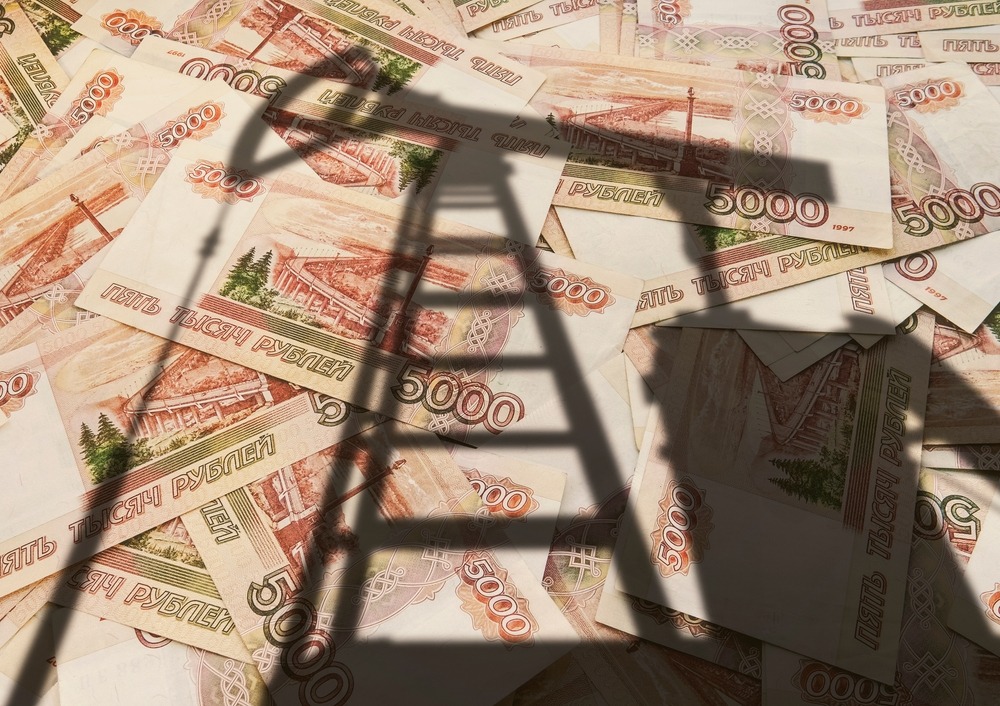Top 10 Richest Royal Families in the World.
Royalty and riches often go hand in hand — but some dynasties possess fortunes that stretch far beyond gold crowns and ceremonial thrones. While many monarchs today are figureheads, their families often preside over colossal wealth derived from centuries of rule, strategic land ownership, sovereign wealth funds, and investments spanning the globe.
This list isn’t just about individual monarchs — it’s about ruling royal families whose assets, influence, and financial portfolios rival major corporations. As of 2025, here are the world’s wealthiest royal dynasties, complete with insights into their fortunes, famous members, and the modern empires they command.

Credit: monsitj on Istock
#10: House of Alaouite (Morocco) – $8.2 Billion
The Alaouite dynasty, Morocco’s ruling family since the 1600s, combines religious prestige with modern business savvy. Descendants of the Prophet Muhammad, the family is led by King Mohammed VI, who took the throne in 1999.
Their wealth is funneled through Al Mada, a royal holding company with stakes in key industries such as mining, banking, retail, and telecoms. While Morocco doesn't boast vast oil reserves, it thrives on phosphate production and strategic African partnerships.
The Alaouites own palaces across cities like Rabat, Fez, and Marrakech and maintain a discreet but powerful grip on economic life in Morocco.
#9: House of Liechtenstein – $9 Billion
Tiny Liechtenstein, tucked between Switzerland and Austria, hides a powerful princely family. Prince Hans-Adam II still holds significant influence and owns LGT Group, a private bank managing over $300 billion in assets.
Unlike many monarchies, the Liechtensteins don’t rely on taxpayers — in fact, they often fund national needs themselves. Their wealth is bolstered by centuries-old estates, a stunning art collection in Vienna, and shrewd financial strategy.
Their blend of old-world nobility and modern capitalism makes them a model of sustainable royal wealth.
#8: House of Al Maktoum (Dubai, UAE) – $18 Billion
The Al Maktoum family, led by Sheikh Mohammed bin Rashid Al Maktoum, is responsible for transforming Dubai from desert outpost to global megacity. With limited oil, they diversified early, creating mega-projects like Emirates Airlines and DP World.
Land ownership, massive tourism investments, and global ventures fuel their fortune. Sheikh Mohammed’s love for horses led to the creation of the Dubai World Cup and the Godolphin racing team.
Extravagance is a way of life — the family owns private islands, custom-built stables, and breathtaking palaces.

#7: House of Bolkiah (Brunei) – $30 Billion
Sultan Hassanal Bolkiah of Brunei reigns over one of the world’s most lavish royal households. Brunei’s oil and gas reserves have poured into the royal coffers since the 1960s.
The Sultan’s possessions are legendary — 7,000 cars, a palace with 1,788 rooms, and a private Boeing 747. Through the Brunei Investment Agency, the family owns luxury properties like London’s Dorchester Hotel.
Despite his extreme wealth, Brunei remains politically stable, in part due to the Sultan's strong control and generous public subsidies.
#6: House of Chakri (Thailand) – $60 Billion
Thailand’s Chakri dynasty controls a discreet but colossal fortune. Central to this is the Crown Property Bureau, a holding entity that manages real estate across Bangkok and investments in major corporations like Siam Cement.
In 2018, King Vajiralongkorn transferred control of the bureau's assets directly to himself — effectively transforming state wealth into personal holdings. With strict laws against criticizing the monarchy, public transparency is minimal.
The King reportedly splits time between Thailand and Germany, supported by income from investments and land leases.
#5: House of Windsor (United Kingdom) – $88 Billion
Iconic yet more restrained than some, the Windsors control a fortune estimated at $88 billion, much of it tied to estates like the Crown Estate, Duchy of Cornwall, and Duchy of Lancaster.
These are technically public or institutional trusts, but they help fund the monarchy and King Charles III's duties. The family also holds private wealth including Balmoral Castle and Sandringham Estate.
While they lack oil riches, the Windsors enjoy the benefits of centuries of accumulated real estate and global prestige.

#4: House of Al Nahyan (Abu Dhabi, UAE) – $300+ Billion
Abu Dhabi’s ruling family controls one of the world's largest sovereign wealth funds: the Abu Dhabi Investment Authority (ADIA), valued at roughly $790 billion. The family's influence over ADIA gives them unrivaled access to capital.
Sheikh Mohammed bin Zayed (MBZ), the de facto leader, has overseen investments in tech, real estate, infrastructure, and sports. Notably, Sheikh Mansour owns Manchester City FC, a powerful tool of soft power.
The family's assets include yachts, palaces, and entire hospitality empires.
#3: House of Al Thani (Qatar) – $335 Billion
The Al Thani family leveraged the world's third-largest natural gas reserves into an empire of wealth and influence. The Qatar Investment Authority (QIA) oversees over $450 billion in investments, from Harrods to The Shard.
Sheikh Tamim bin Hamad Al Thani continues the dynasty’s global expansion through smart investments and soft diplomacy, including hosting the 2022 FIFA World Cup and funding Al Jazeera.
With lavish properties across the globe and a strong international footprint, the Al Thani family is a powerhouse of modern monarchy.
#2: House of Al Sabah (Kuwait) – $360 Billion
Kuwait’s Al Sabah dynasty sits atop one of the world’s oldest sovereign wealth funds: the Kuwait Investment Authority (KIA). The royal family’s portion of national wealth is estimated at $360 billion.
Their investment approach is more conservative than their Gulf neighbors, but they still maintain royal estates, jets, and global properties. Their "rainy day" financial philosophy has created a safety net that continues to grow even as oil demand shifts globally.

#1: House of Saud (Saudi Arabia) – $1.4 Trillion
Topping the list is Saudi Arabia’s House of Saud, with an estimated $1.4 trillion fortune — yes, trillion. This figure includes their immense control over Saudi Aramco, the world’s most valuable oil company, and the sprawling Public Investment Fund (PIF).
Crown Prince Mohammed bin Salman (MBS) is at the helm of this wealth, with the PIF investing in tech, tourism, sports, and automotive ventures globally. From NEOM, a futuristic $500 billion city, to stakes in Lucid Motors and Newcastle United FC, their influence is worldwide.
The family’s income spans oil royalties, petrochemicals, banking, media, and more. Palaces, jets, and mega-yachts are standard — Prince Mohammed’s yacht, Serene, cost over $300 million.
Conclusion - Mind Blowing Wealth
From tiny principalities to oil-rich kingdoms, the scale of royal wealth in today’s world is both fascinating and staggering. The House of Saud alone controls more financial firepower than many nations combined, while families like the Windsors show how longevity and careful estate management can also yield extraordinary fortune.
RELATED: King Charles' $800 Million Net Worth: Inside His Royal Fortune.
This list proves one thing: royal families are no relics of the past. They're economic titans, cultural icons, and in many cases, geopolitical forces.
Their wealth is mind-blowing, no question — but these families also bring a sense of continuity, national identity, and in some countries, real stability. Whether you admire monarchy or critique it, there's no denying the legacy and power they hold in our modern world.










